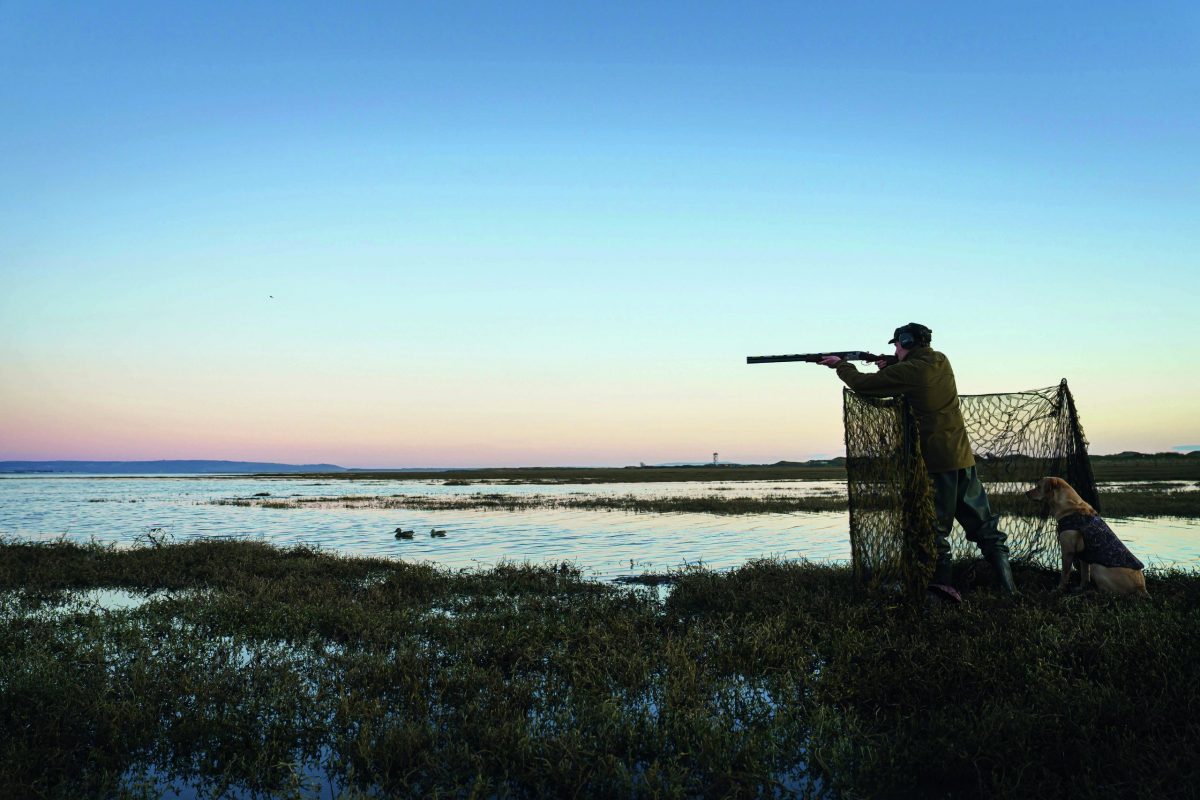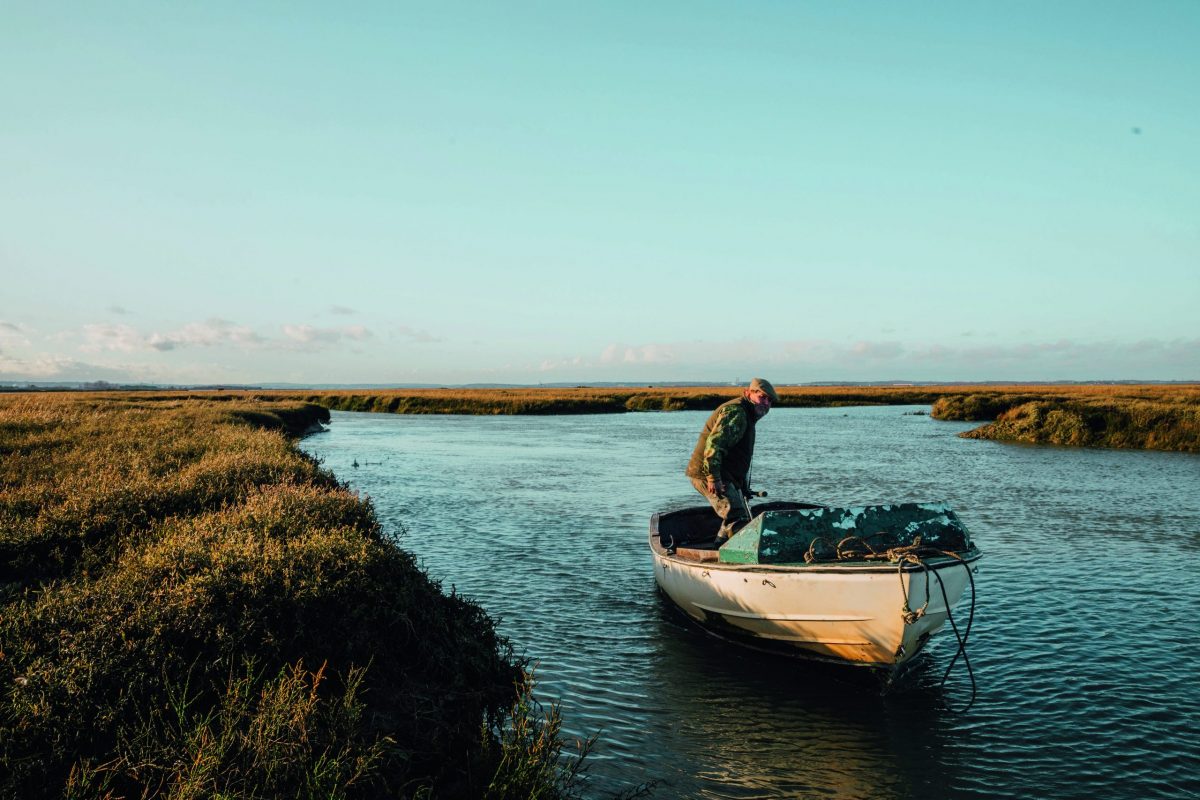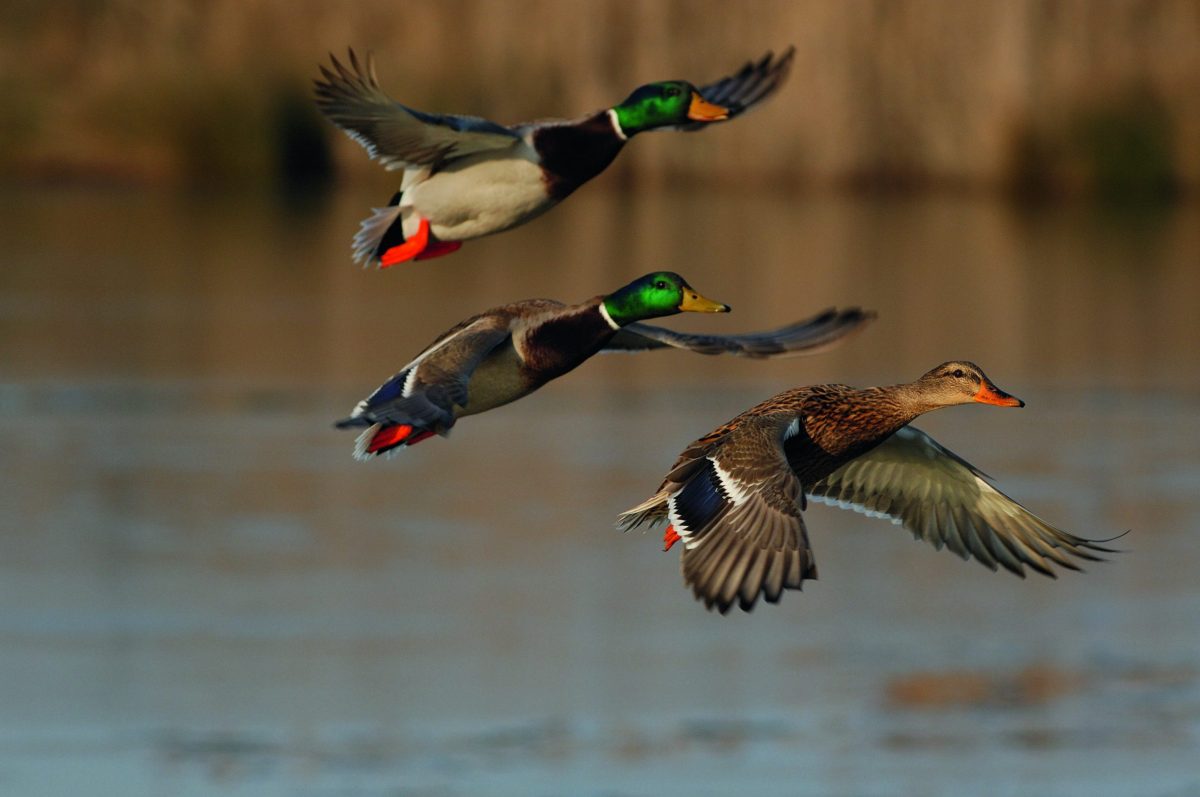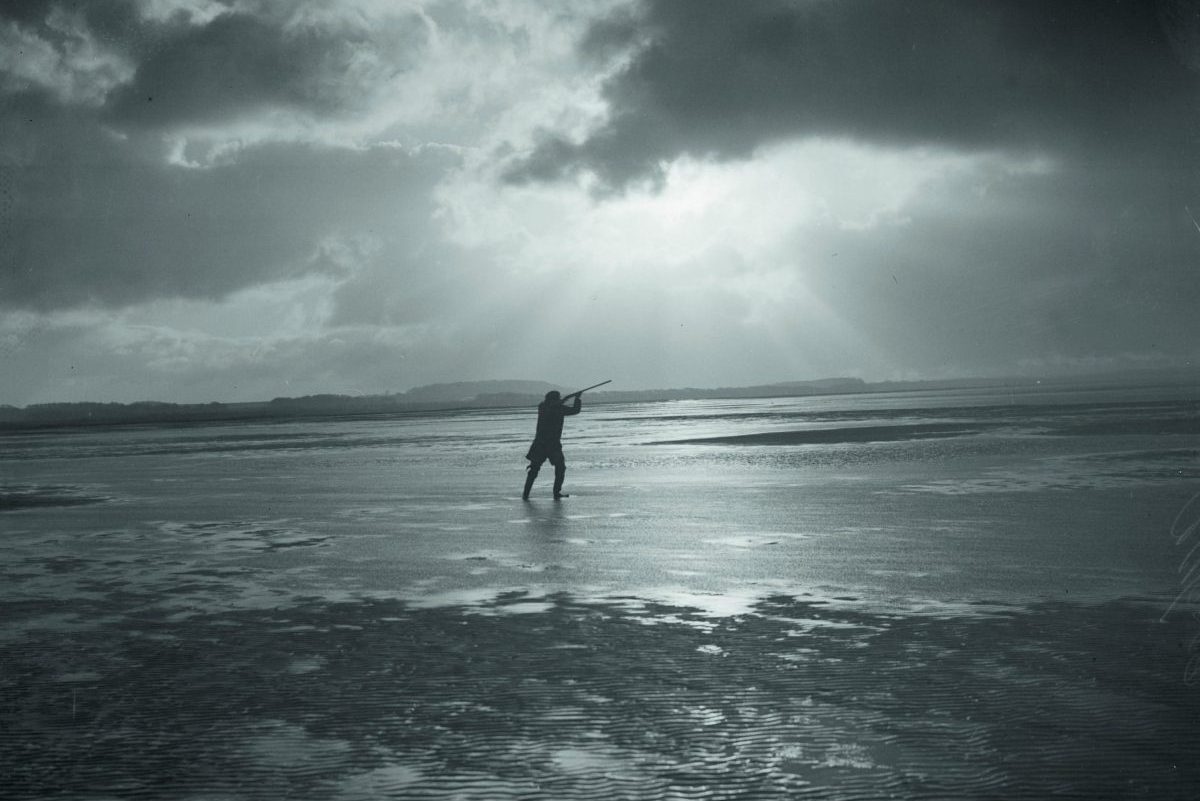Wildfowling for beginners – going beyond the sea wall
Venturing beyond the sea wall for the first time, a fowling newbie discovers the magic and frustration, in equal parts, of taking on ducks in their own environment

Why would anyone go beyond the sea wall? That’s always been my thought process when it comes to shooting ducks. My entire shooting career has been based inside the sea wall, in a freshwater marsh that on its good days is teeming with wildfowl, snipe, plover, rails, lapwings and curlew.
Here in the freshwater bog, ducks come to you, zipping over the sea wall and splashing down around you. It’s wonderful, testing shooting, and you could spend many happy lifetimes waiting for pintail or teal to materialise in the gloom.
What went on beyond the sea wall was of no concern to me. Out there, in the windswept estuary, where mud comes in its most viscous form and everything is subject to the will of the tide, was where the ducks dictated terms. Wildfowling was for the hardy and until now I would have prefixed that adjective with the word ‘fool’.

Adam’s dog Crumble is keen on the wildfowling outing
However, that all changed recently when I finally plucked up the courage to cross the sea wall. What prompted the change of heart? Another big freeze, which, as I write, is entering its fourth day. The freshwater marsh was enveloped in a blanket of frost and the patches of water where the ducks were likely to frequent were carpeted with ice. The estuary, however, remained unfrozen. This is where the ducks would be so I began to make a plan for my inaugural wildfowling trip.
A reconnaissance mission uncovered a network of gullies and creeks, all as attractive as the last but with absolutely no cover. However, as it was low tide, I planned to hop in one of the creeks and build a hide in front of me. This was my first mistake.

Adam throws the decoys out into the water, forgetting to attach weights to them
Serious numbers
A feeble January sun bathed everything in its orangy hues, while ice splintered under every footstep. There was not even the faintest whisper of wind and you could almost hear the frost bedding in for another night, preserving everything in its frigid grip. I noticed hundreds of feathers locked in the ice, indication of some serious duck numbers. But could I get underneath them?
After wrenching my feet from the frozen mud one last time, I reached the sea wall, the threshold between boy and man. The blasted mud and ragged samphire looked as menacing as usual but, beyond it, at the edge of the estuary, rafts of wildfowl dabbled, whistled, peeped and quacked. It was a wildfowler’s postcard. I stood there drooling for a moment. There must have been 300 ducks in view.
With my heart beating a little harder I set off into the saltmarsh, wending my way through the labyrinth of gullies, not taking my eyes off the ducks for a moment as they swam out into the estuary.

Adam and Crumble look for a spot that isn’t about to be flooded by the incoming tide
This is when I realised my second mistake. Arriving at the estuary’s edge, it was clear I wasn’t going to be ‘hopping’ in any creeks and erecting a hide because they were full to the brim with brown water. I’d selected a 5pm high tide, thinking it would encourage ducks into the air, but an hour or two later would have been much better as I could have hidden
in the creek. Instead, a game of second guessing the tide began as I raced up and down the estuary trying to pick a spot that wasn’t about to be flooded. I was sure seasoned fowlers would have laughed at me.
Eventually I picked somewhere and built a ramshackle hide. It stood out like a sore thumb but it was better than nothing and darkness would soon be on my side. All that was left to do was chuck out some decoys. But, after splashing up to the creek and launching them out, I made my third mistake. I hadn’t attached any weights to the plastic ducks, which meant after about 30 seconds they had been pushed into the side of the creek by the flooding tide. Hopefully this wouldn’t matter as ducks would be moving along the edge of the estuary anyway; at least that’s what I told myself as I unsheathed my gun and loaded up.

Despite Adam’s repeated calling, the ducks aren’t fooled
Almost immediately four teal appeared on my left, but they skirted the hide 40 yards out and I wasn’t really ready. Over the next half an hour, I began to see the appeal of this brutal yet beautiful sport. Compared with flighting the freshwater marsh, there was more to see out here and more to hear. I’d never seen shelduck on the other side of the sea wall but here they passed the hide frequently, making their rapid, guttural quacking noises. Likewise for sandpipers and oystercatchers, which zipped past me totally oblivious.
Deceit
Familiar species were also present. A fair flight of curlews was taking place and a huge party of lapwings flopped over the saltmarsh for no apparent reason other than to show off. I later learned their collective noun — a deceit — and couldn’t agree with it more. But where were the ducks? I could hear them all around me, responding to my calls, but
not straying into range. I was only 100m from the sea wall and 150m from a flooded corner proven to be a cracking flighting location. Surely I wasn’t far from a flightline…
Finally, as the sun sank behind the sea wall, a single teal streaked across the saltmarsh, way out of range but at least confirming a flight of sorts was taking place. Then it was the turn of the mallard, which betrayed themselves by quacking at the wrong moment. Five of them materialised over my right shoulder and I swivelled as fast as possible, desperately swinging my barrels after them. But the two lots of steel No 5 I sent fizzing into the night sky found nothing but air. It was a fleeting chance, I told myself, seething.
Meanwhile, wigeon continued to mock me under twinkling stars. I called repeatedly but nothing was fooled. As blackness settled over the estuary, I knew it was time to go. But hang on, wasn’t the sound of wigeon whistling growing louder — accompanied by wings cutting through frosty air — seemingly right above me? At last I glimpsed flickering wigeon wings passing overhead, but they were already behind me, in the lighter part of the sky. I figured if I could see them in this light they were in range, so I fired at one of the lower duck, and listened intently to see if one splashed down. It didn’t.

Despite Adam’s best efforts, the bag remains empty — but wildfowling has a new recruit
I had failed. Surely there is no worse feeling than pulling in decoys after a fruitless flight, hands frozen and gun muddied. Perhaps my arrival on the estuary had disturbed the ducks, or my hide was too conspicuous, or I simply wasn’t under an evening flightline, if such a thing exists. To rub salt in my wounds, the freshwater marsh was alive with the sounds of fowl as I tramped back to the car. Several times I heard great flurries of wings take to the air, which would have been music to my ears were I not a weary wildfowler returning with an empty gamebag.
But what a wonderful evening it had been, taking on ducks in their own environment. Despite my frustration, I felt more involved in my surroundings than when flighting and there’s something to be said for tipping the scales in favour of your quarry. I think wildfowling may have its latest recruit.








